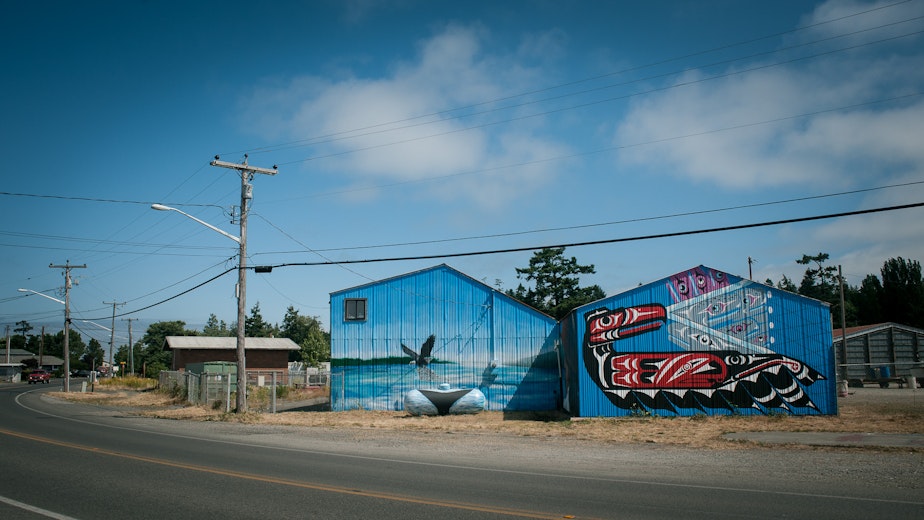What’s Best For The Nation Is Not Always Best For Native Youth

After a visit to the Standing Rock Sioux Tribal Nation in North Dakota, President Barack Obama announced an initiative to help Native American youth.
Obama's proposal aims to provide culturally appropriate education at tribal schools, access to mental health providers and peer counseling and better preparation for college and careers. KUOW’s Jeannie Yandel spoke with Gyasi Ross, a writer, attorney and member of the Blackfeet tribe. He lives on the Suquamish reservation north of Seattle.
“You can see it in Obama's face, you can hear it in the words that he speaks -- he actually has a passion for trying to do something proactively for Native people," Ross said. "I knew that it was coming from a good place.”
Ross has some reservations about Obama’s initiative, namely that the president hasn’t explained how it’s going to be funded. But even funded programs can get bogged down in bureaucracy, he said.
“When you see Obama's initiative – the rhetoric of it was that we need to promote Indian history and Native languages,” he said. “However as long as No Child Left Behind is still on the books, there's a conflict there, because all of the attention has to be done toward these minimum standards of reading and math.”
Sponsored
In terms of mental health, Ross said that Indian Health Services has been woefully underfunded. He said that is partly why Native Americans have three times the national average suicides. Most of those committing suicide are between ages 16 and 24.
“It starts with this educational process where we were taught that our stories aren't worth investing into and thus not being in textbooks,” he said.
“We don't learn about ourselves and so we're invisible oftentimes – whether it be from pop culture or from educational textbooks or from just conversations. I think that that creates a sense of community-wide low self-esteem.”
Poor nutrition also contributes to mental illness, Ross said: “There are actually connections between sugar and depression, and within our communities we have hugely disparate diabetes numbers.
“Those are the things that we have to focus on – not just the things that are going on with every other population in the United States, because those are things that we have to address as a larger group,” he said. “This is something that requires attention to a particularly small group.”

